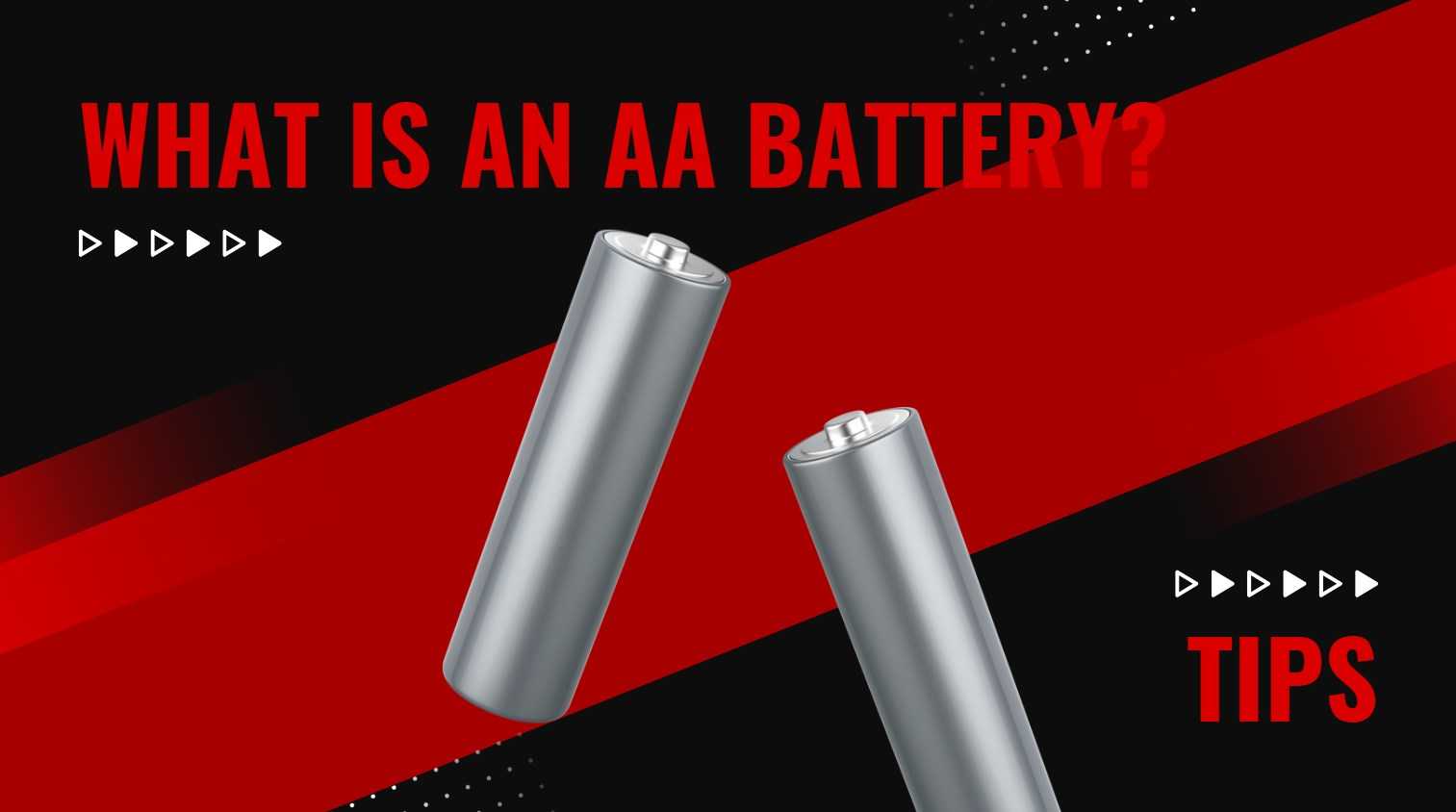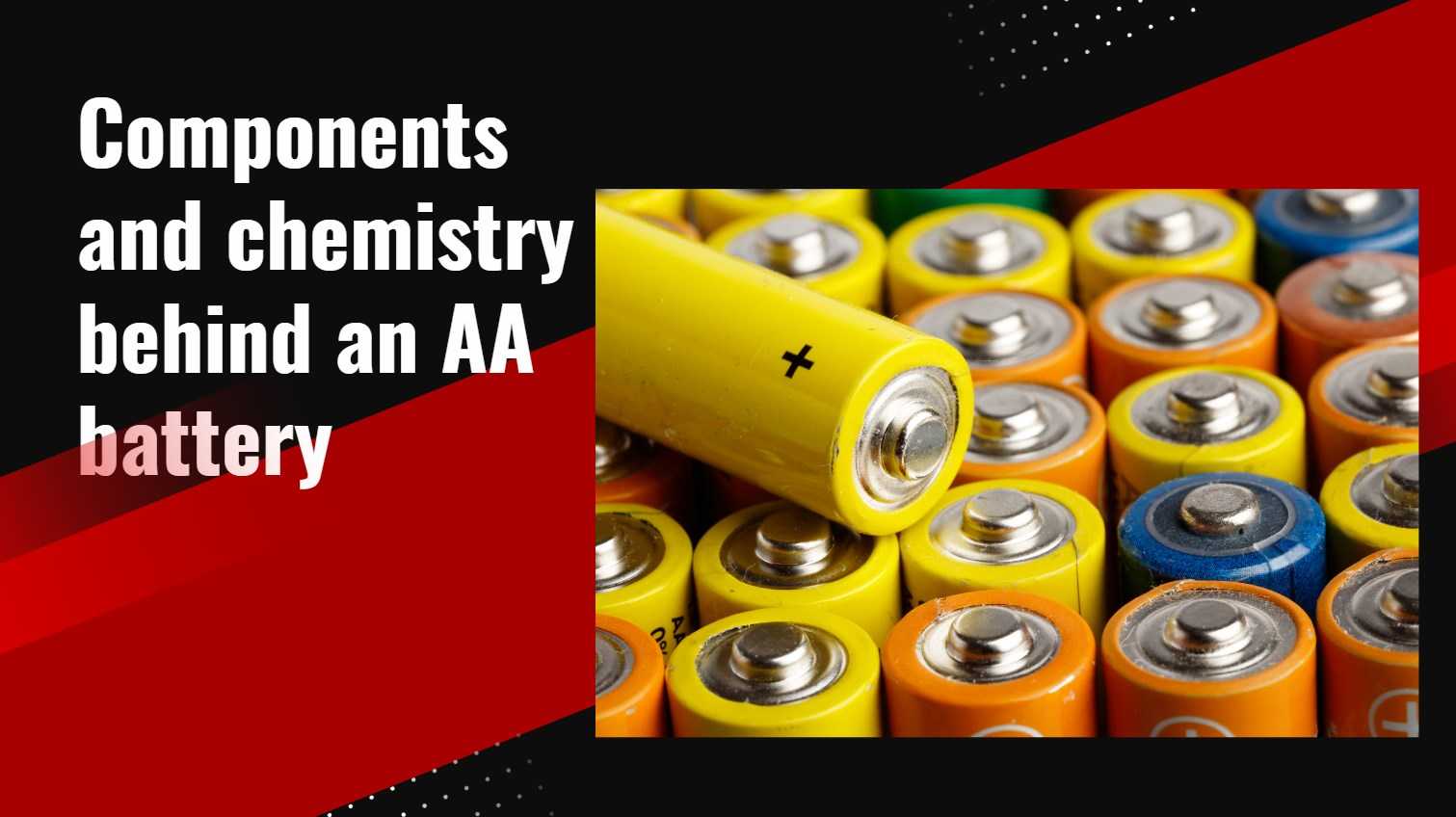An AA battery is a standard cylindrical battery measuring 14.5mm in diameter and 50.5mm in length. Commonly used in household devices like remote controls and toys, they come in various chemistries including alkaline, nickel-metal hydride (NiMH), and lithium.
Welcome to our electrifying blog post all about the unsung hero of power-up moments – the mighty AA battery! Have you ever stopped to wonder what makes these small cylinders pack such a punch? Get ready to dive into the world of AA batteries, from their components and chemistry to tips on how to use and dispose of them responsibly. Let’s unravel the mystery behind these everyday essentials together!
Definition of an AA battery
When it comes to powering up our favorite devices, the AA battery is a common go-to choice. But what exactly defines an AA battery? Well, let’s break it down simply: an AA battery is a cylindrical power source typically measuring about 50.5 mm in length and 14.5 mm in diameter. It’s commonly used in various household gadgets like remote controls, toys, clocks, and more.
Wholesale lithium golf cart batteries with 10-year life? Check here.
AA batteries are designed to provide portable energy through a chemical reaction that generates electrical power when connected in a circuit. These handy little powerhouses come in both single-use (non-rechargeable) and rechargeable versions, catering to different needs and preferences.
The next time you reach for that trusty AA battery to juice up your device, remember the simple yet essential role it plays in keeping things running smoothly!
Want OEM lithium forklift batteries at wholesale prices? Check here.
Components and chemistry behind an AA battery
The AA battery that powers many of our everyday devices is more complex than it appears. Inside its sleek cylindrical shell lie various components working together in a carefully orchestrated dance. The heart of the AA battery is the cathode and anode, separated by an electrolyte that allows ions to flow between them, creating a flow of electrons – electricity!
Chemistry comes into play as different materials are used for the cathode and anode, such as manganese dioxide and zinc respectively. These materials react with the electrolyte to generate electrical energy through chemical reactions. The size and arrangement of these components determine the voltage output and capacity of the battery.
Intriguingly, despite their small size, AA batteries pack quite a punch due to these intricate chemical processes happening within them. So next time you pop in a fresh pair of AAs, remember all the chemistry at work behind your device’s power source!
Are AA batteries really different?
Have you ever wondered if all AA batteries are the same? Well, it turns out that while they may look similar on the outside, there can be differences in their performance and longevity. The main factors that set AA batteries apart are their chemistry and brand. Some brands may use higher quality materials or have better manufacturing processes, resulting in longer-lasting batteries. Additionally, rechargeable AA batteries differ from non-rechargeable ones because of their ability to be used multiple times.
When choosing between different AA batteries, it’s important to consider your specific needs. If you require a battery with a longer lifespan for high-drain devices like cameras or game controllers, investing in a reputable brand might be worth it. On the other hand, for low-drain devices like remote controls or clocks, generic AA batteries could suffice at a lower cost.
In essence, while all AA batteries serve the same basic function of powering various electronic devices, the devil is in the details when it comes to their differences.
What are the disadvantages of AA batteries?
While AA batteries are convenient and widely used, they do come with some disadvantages. One drawback is their limited lifespan compared to larger batteries, leading to more frequent replacements. This can be costly over time and generate more waste. Additionally, traditional disposable AA batteries contribute to environmental pollution when not disposed of properly.
Another downside is that non-rechargeable AA batteries lose power gradually even when not in use due to self-discharge. This can be frustrating if you need them for emergencies or infrequently used devices. Furthermore, the chemicals inside these batteries can be harmful if leaked or improperly handled.
In terms of performance, AA batteries may struggle in high-drain devices like digital cameras or gaming controllers where rechargeable options might offer better longevity and efficiency. It’s important to weigh these drawbacks against the convenience of using standard disposable AA batteries for your specific needs.
What does AA stand for with batteries?
Have you ever wondered what the “AA” in AA batteries actually stands for? Well, surprisingly, it doesn’t stand for anything specific! Unlike other battery types like AAA (which stands for “triple-A”), the two letters in AA don’t have a defined meaning. Instead, they are simply a designation to differentiate this common cylindrical battery size from others.
The term “AA” has become so ingrained in our everyday language that we rarely stop to think about its origin or significance. It’s one of those things that we all use without giving much thought to why it’s called what it is. But now that you know, the next time you reach for some AA batteries, you can impress your friends with this little nugget of trivia!
So there you have it – the mystery of what “AA” stands for with batteries remains unsolved because… well, there isn’t really an answer!
Can AA batteries get wet?
Have you ever wondered what happens if your AA batteries get wet? Well, it’s a common concern for many people. When water meets the metal components of an AA battery, it can potentially create a short circuit. This can lead to heat generation and leakage of harmful chemicals.
If your AA batteries accidentally get wet, it’s essential to remove them from the device immediately and dry them off thoroughly with a clean cloth. Avoid using any heating methods to expedite the drying process as this can be dangerous.
To prevent any potential damage from occurring in the first place, store your batteries in a dry place away from moisture or humidity. Additionally, always ensure that the battery compartment of your devices is free from any liquid before inserting new batteries.
Remember, prevention is key when it comes to keeping your AA batteries safe and functional!
Rechargeable vs non-rechargeable AA batteries
When it comes to choosing between rechargeable and non-rechargeable AA batteries, there are a few key factors to consider. Rechargeable batteries can be used multiple times, making them more environmentally friendly and cost-effective in the long run. They are convenient for devices that require frequent battery changes, such as cameras or remote controls.
Non-rechargeable batteries, on the other hand, are typically cheaper upfront but need to be disposed of after a single use. This can contribute to electronic waste if not properly recycled. They may be better suited for devices with low power consumption that do not need frequent battery replacements.
The decision between rechargeable and non-rechargeable AA batteries depends on your usage habits and environmental concerns. Consider how often you use devices that require AA batteries and weigh the pros and cons of each option before making your choice.
Proper disposal and recycling methods for AA batteries
When it comes to disposing of AA batteries, it’s important to handle them with care. These small powerhouses contain materials that can be harmful to the environment if not disposed of properly.
Many recycling centers accept old batteries for safe disposal. Make sure to check with your local waste management facility or electronics store for drop-off locations.
Another eco-friendly option is investing in rechargeable AA batteries. Not only do they reduce waste, but they also save you money in the long run.
If storing used batteries temporarily, keep them in a cool, dry place away from flammable materials. Storing them loose can create a safety hazard, so consider using tape or a container to prevent contact between terminals.
Remember that proper disposal and recycling of AA batteries play a crucial role in protecting our planet for future generations.
Conclusion
AA batteries are a common type of battery used in various devices due to their convenient size and versatility. Understanding the components, chemistry, and differences between rechargeable and non-rechargeable options can help you make informed decisions about which type of AA battery is best suited for your needs. Remember to dispose of old batteries properly by recycling them at designated facilities to minimize environmental impact. Whether you need power for your TV remote or digital camera, AA batteries remain a reliable choice for powering everyday electronics.







